
cd_nom

| Author : S. Wroza |
 |
Despite the Creative Commons license, please inform the author of the use which will be made of his photo
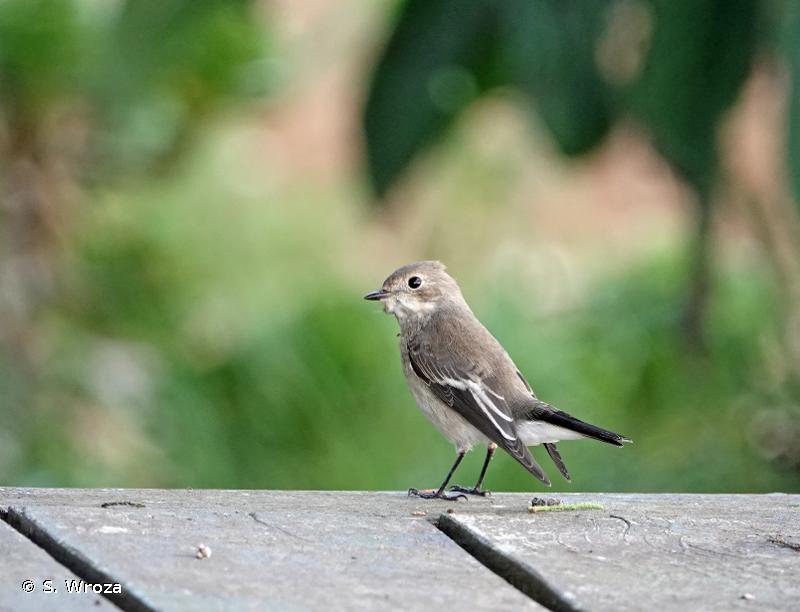
| Author : S. Wroza |
 |
Despite the Creative Commons license, please inform the author of the use which will be made of his photo
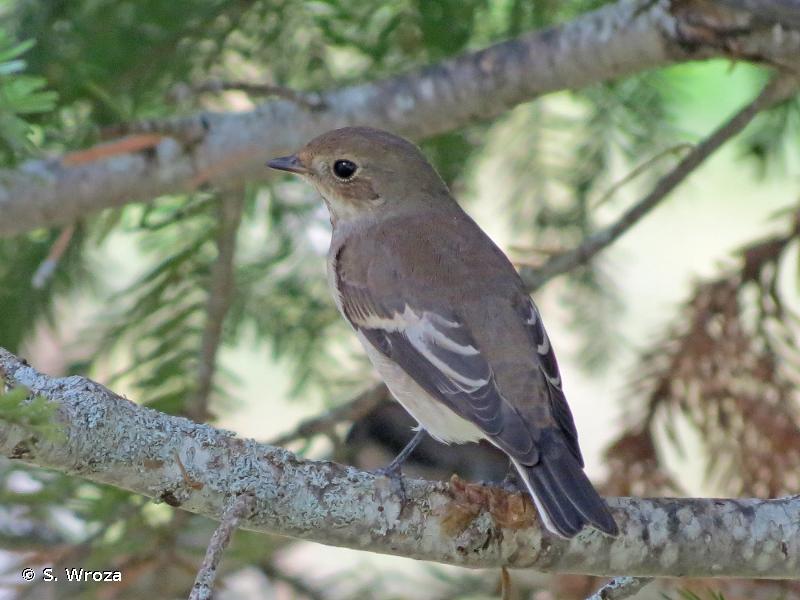
| Author : S. Wroza |
 |
Despite the Creative Commons license, please inform the author of the use which will be made of his photo
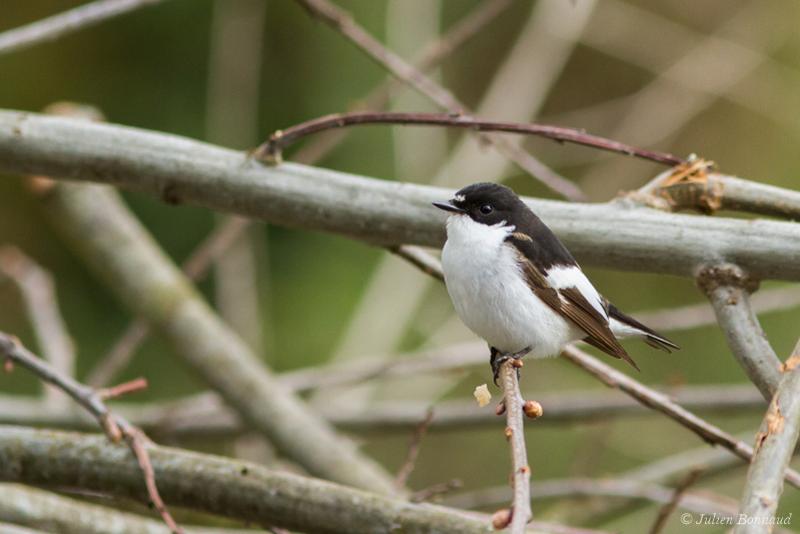
 |
To get the picture, please visit:
Julien Bonnaud
email : inpn@mnhn.fr
Any reuse of one or more photographs on this site is subject to an authorization request from the author.
Link to the Code of Intellectual Property (Legifrance)
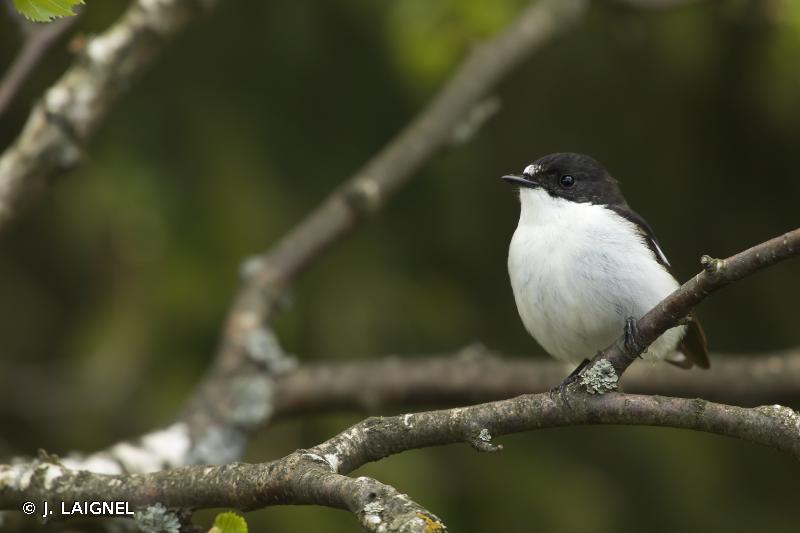
| Author : J. LAIGNEL |
 |
To get the picture, please visit:
Julien Laignel
Chargé de mission SNB - UMS2006-PATRINAT/MNHN
4, avenue du Petit Château
91800 BRUNOY
Tel.: 06.10.68.23.36
Mail: julien.laignel@9online.fr
Despite the Creative Commons license, please inform the author of the use which will be made of his photo
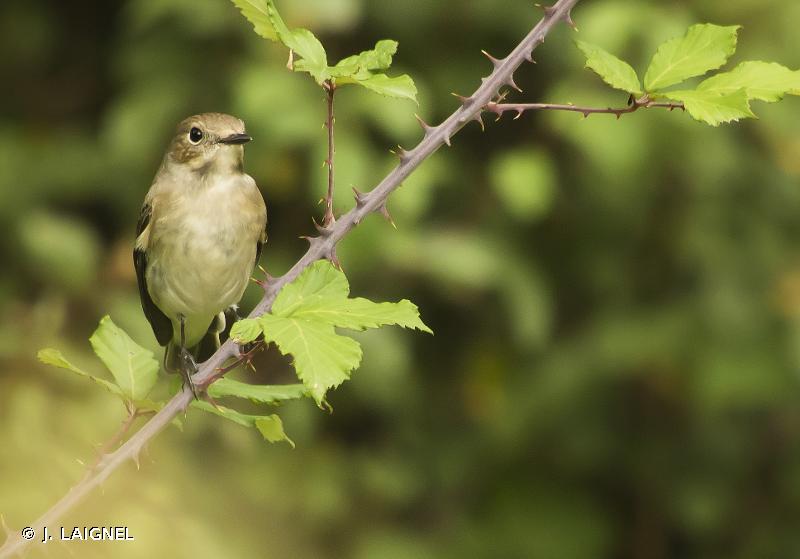
| Author : J. LAIGNEL |
 |
To get the picture, please visit:
Julien Laignel
Chargé de mission SNB - UMS2006-PATRINAT/MNHN
4, avenue du Petit Château
91800 BRUNOY
Tel.: 06.10.68.23.36
Mail: julien.laignel@9online.fr
Despite the Creative Commons license, please inform the author of the use which will be made of his photo
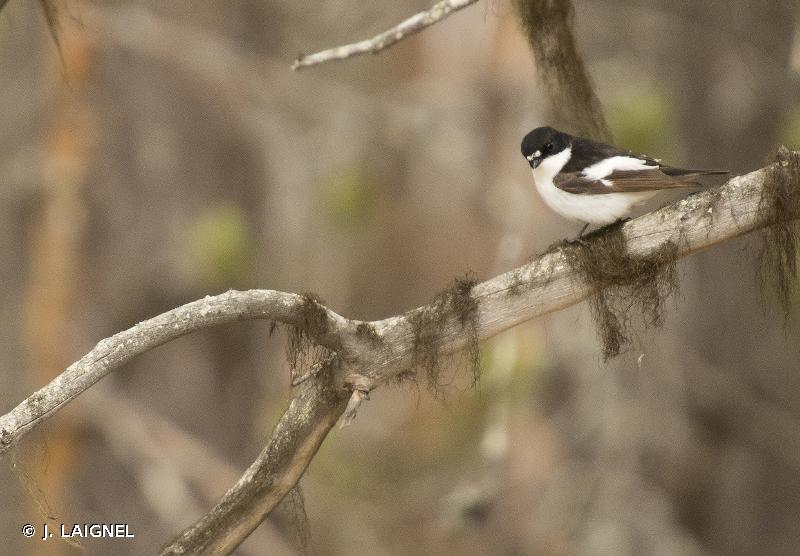
| Author : J. LAIGNEL |
 |
To get the picture, please visit:
Julien Laignel
Chargé de mission SNB - UMS2006-PATRINAT/MNHN
4, avenue du Petit Château
91800 BRUNOY
Tel.: 06.10.68.23.36
Mail: julien.laignel@9online.fr
Despite the Creative Commons license, please inform the author of the use which will be made of his photo
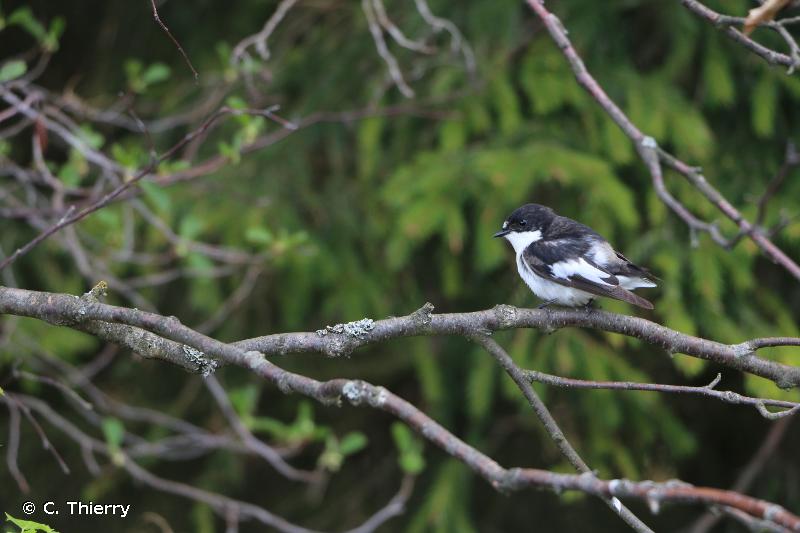
| Author : C. Thierry |
 |
To get the picture, please visit:
Chloé Thierry
UMS 2006 Patrimoine Naturel/Muséum national d'Histoire naturelle
chloe.thierry@mnhn.fr
Despite the Creative Commons license, please inform the author of the use which will be made of his photo
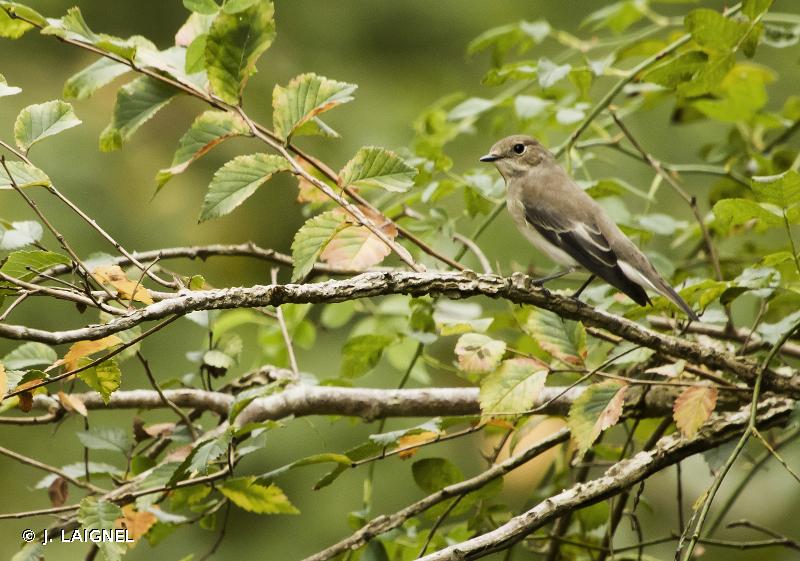
| Author : J. LAIGNEL |
 |
To get the picture, please visit:
Julien Laignel
Chargé de mission SNB - UMS2006-PATRINAT/MNHN
4, avenue du Petit Château
91800 BRUNOY
Tel.: 06.10.68.23.36
Mail: julien.laignel@9online.fr
Despite the Creative Commons license, please inform the author of the use which will be made of his photo
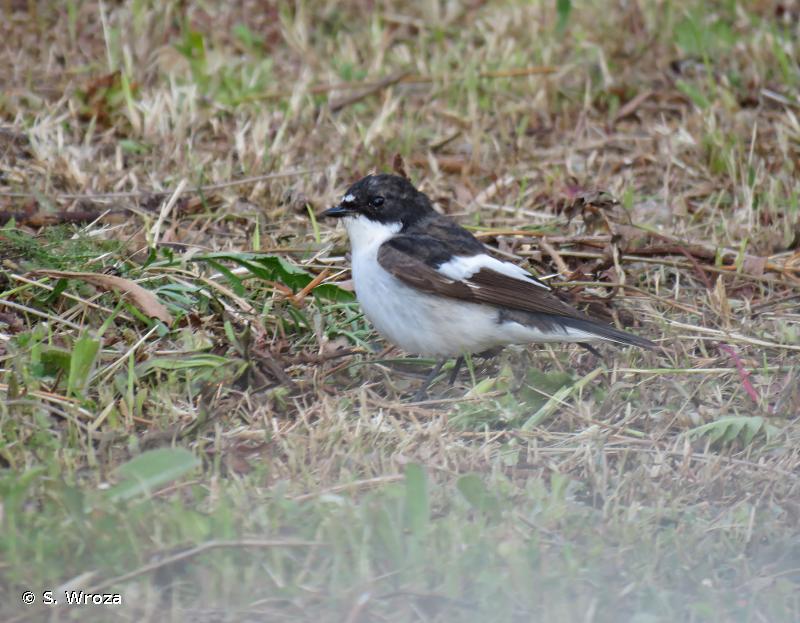
| Author : S. Wroza |
 |
Despite the Creative Commons license, please inform the author of the use which will be made of his photo

| Author : S. Wroza |
 |
Despite the Creative Commons license, please inform the author of the use which will be made of his photo
Taille/poids :
Longueur totale : 13 cm. Poids : 13 g en moyenne.
Diagnose :
Le mâle en plumage nuptial se reconnaît facilement à sa tête et son dessus noir, alors que le dessous, le front et une barre alaire sont blancs. Le plumage de la femelle est beaucoup moins contrasté, avec un dessus brun et un dessous blanchâtre, et une barre alaire beige moins nette.
Détermination :
Simple. Facile sur photo.
Espèces proches :
Le Gobemouche à collier (Ficedula albicollis) nicheur dans l'Est de la France présente un plumage similaire, mais le mâle s'en distingue facilement par son large collier blanc. En automne, la distinction des deux espèces s'avère toutefois délicate.
Période d'observation :
Avril à juin puis août-septembre et parfois octobre pour le passage post-nuptial. En juillet les oiseaux sont très discrets à cause de la mue.
Biologie-éthologie :
Le Gobemouche noir est un petit passereau très actif, agitant souvent les ailes et la queue d'une façon saccadée. Il chasse les insectes en vol à la manière du Gobemouche gris, sans toutefois retourner systématiquement au même perchoir, et avec une tendance plus marquée à se poser sur le sol. Il niche dans des cavités d'arbres.
Biogéographie et écologie :
L'aire de répartition du Gobemouche noir s'étend sur l'ensemble de l'Europe, la limite Est étant la Sibérie centrale. Les pays abritant les populations nicheuses les plus importantes sont les Pays Scandinaves, la Russie, les Pays Baltes et l'Allemagne. En France, l'espèce se montre relativement sélective sur son habitat de nidification. C'est avant tout un oiseau forestier, montrant une préférence nette pour les peuplements âgés de feuillus des plaines et collines. La chênaie sur sol bien drainé semble constituer son habitat optimal, mais il occupe également les hêtraies et les châtaigneraies.
Compilé par J. Comolet-Tirman à partir des Cahiers d’habitats.(UMS 2006 Patrimoine Naturel (AFB / CNRS / MNHN)),2017
Continental
Metropolitan France
Overseas
Marine
Metropolitan France
Overseas
The map presents a summary at the 10 x 10 km grid of the observation data for the species transmitted to the SINP. These data have been subjected to validation filters.
The map presents a reference distribution layer of the species at the scale of departments and marine sectors. The presence and absence data were established by expertise within a network of partners. This reference distribution is used in the validation process of the SINP data at the INPN level.
Corresponds to a report on the basis of at least one observation proved within a period of 10 years (20 years for little-known invertebrates) preceding the year and no presumption of extinction since obtaining the last data nor doubt on reproductive and implemented nature of this population. For migratory species, the presence indicated concerns areas of reproduction.
This status is based on one or more of the following criteria:
This point covers the absence, more difficult by nature to demonstrate than presence. This status is based on one or more of the following criteria:
This status must be assigned to a department in which the presence of the species is casual.
Particular case of absence due to a proven extinction less than a half century ago (older disappearances are treated as "no probable or definite").
In the state of knowledge, we can not comment on the presence or absence in the current department. This is the default status when not comprised in one of the previous categories or whenever there is doubt.
The map shows the global distribution of the species based on GBIF data (Global Biodiversity Information Facility).
